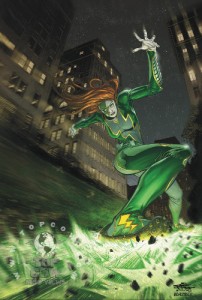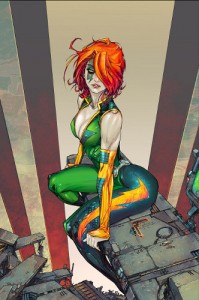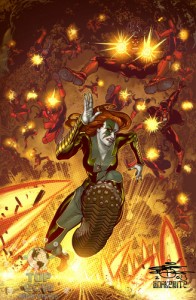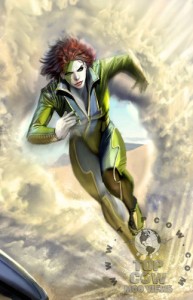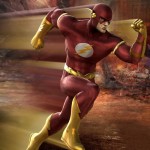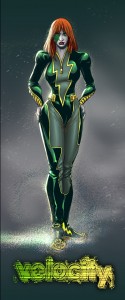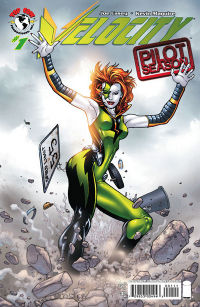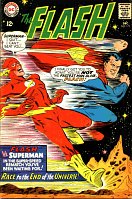 A few Flash-related posts I’ve found on the web over the past week:
A few Flash-related posts I’ve found on the web over the past week:
Director Shawn Levy tells MTV’s Splash Page why he left the Flash movie. It turns out to be rather mundane: they wanted someone to focus entirely on The Flash, but he didn’t want to abandon Night at the Museum 2.
Podcasts
 The Flash-back Podcast has moved to a new site. (Older podcasts are still at the original location.)
The Flash-back Podcast has moved to a new site. (Older podcasts are still at the original location.)
Meanwhile, Tom vs. the Flash tackles Flash v.1 #175, the second Flash/Superman race.
The latest Collected Comics Library Podcast focuses on the 1997 graphic novel, The Life Story of the Flash.
Rebirth Reactions
Comics Nexus wants to see the Flash mantle explored, not just one of the heroes who bears it, and characterizes the previous dynamic as:
Jay (the past),
Wally (the present),
Bart (the future)
and Barry (the aspiration, inspiration and reward).
4thLetter!’s David Brothers, in considering the end of 100 Bullets, sees Flash: Rebirth as “a signal that the DC Universe is moving in a direction that is pointedly Not For Me.”
Looking Back
Comic Coverage lists the Reverse-Flash among the Top 10 Comic Book Villains.
You Should Read Comics, looking at early Silver-Age Kid Flash stories, concludes that in his younger days, “Wally West was a narc.” On more recent topics, the blog tries to figure out what Dan Didio is trying to say when he answers questions about Hal Jordan and Barry Allen.
Slightly off-topic
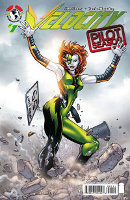 Comics Should Be Good reviews Velocity: Pilot Season #1, the 2007 book that was supposed to lead into an ongoing series from Top Cow.
Comics Should Be Good reviews Velocity: Pilot Season #1, the 2007 book that was supposed to lead into an ongoing series from Top Cow.
Christopher Irving of Four Color Reality finds inspiration in Geoff Johns’ career in comics.
And while not Flash-related, I rather like Robot 6’s Grumpy Old Fan’s description of Bruce Wayne:
I think of Bruce Wayne as a frustrated marketer, spreading appropriate amounts of fear and respect virally through Gotham City, with Bat-symbols big as searchlights and small as stationery. In terms of both the real world and the comics, Batman relies on his outsized reputation.

